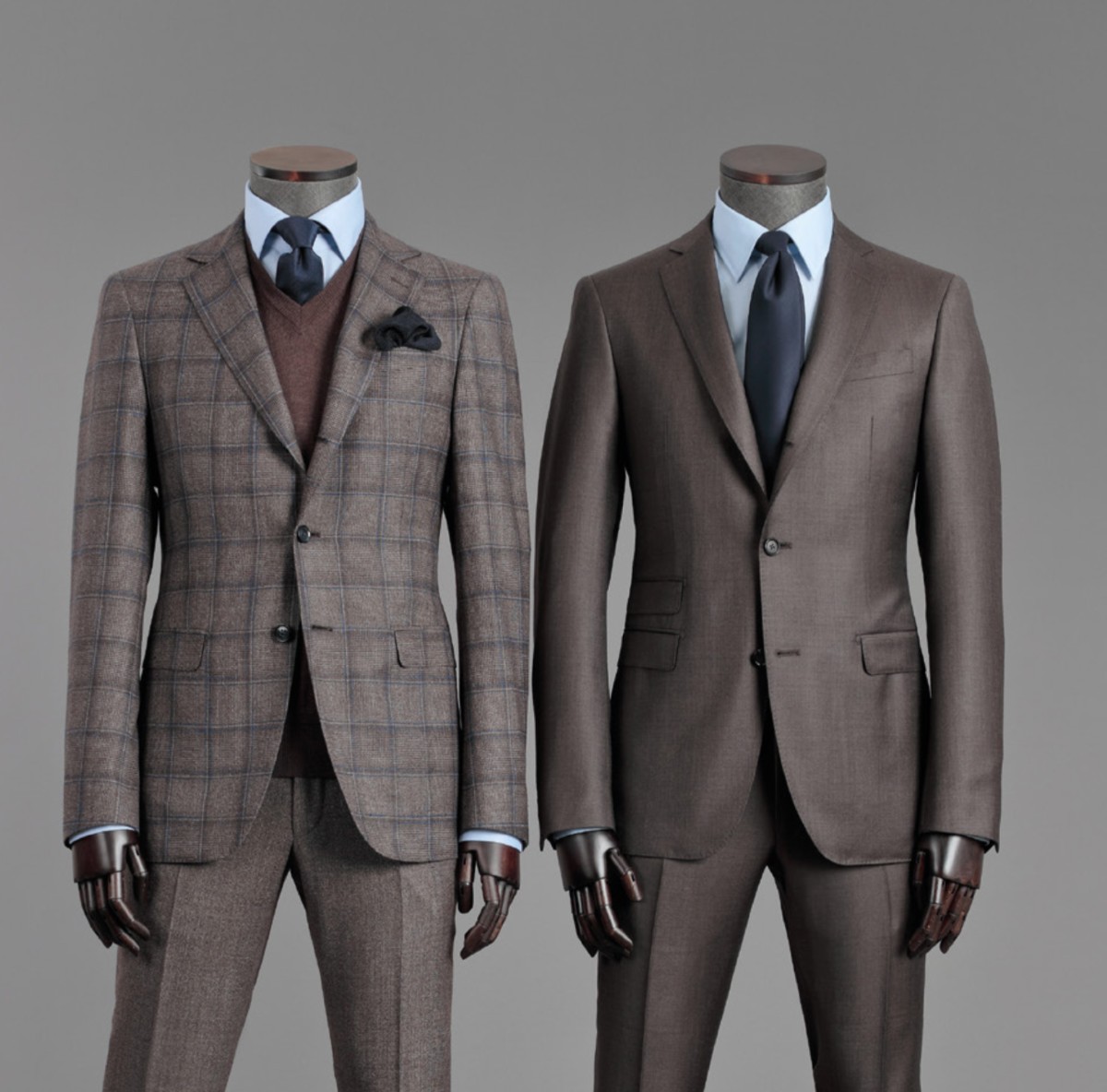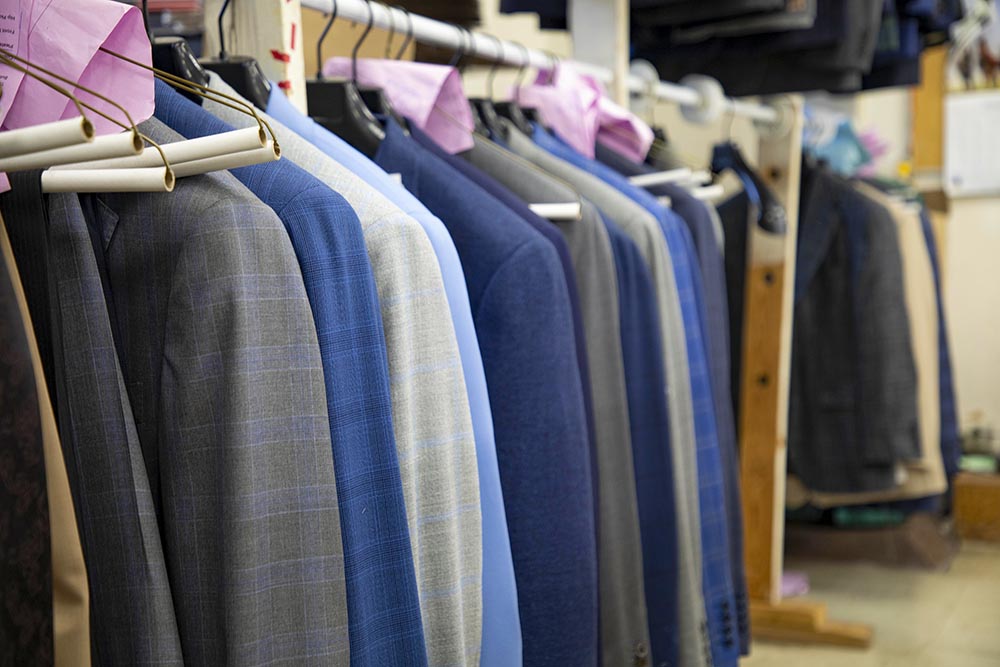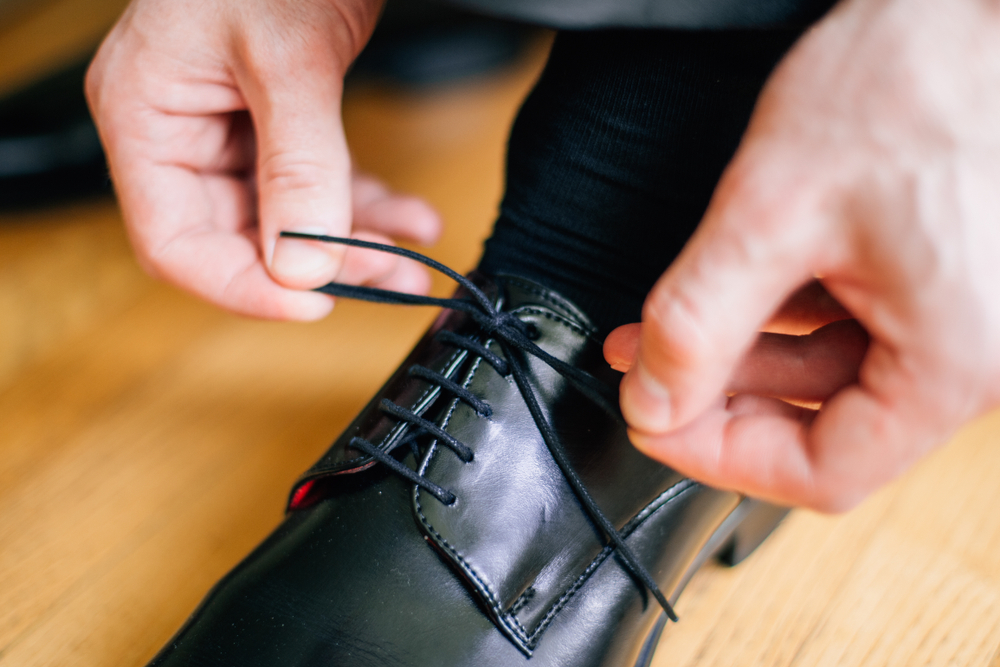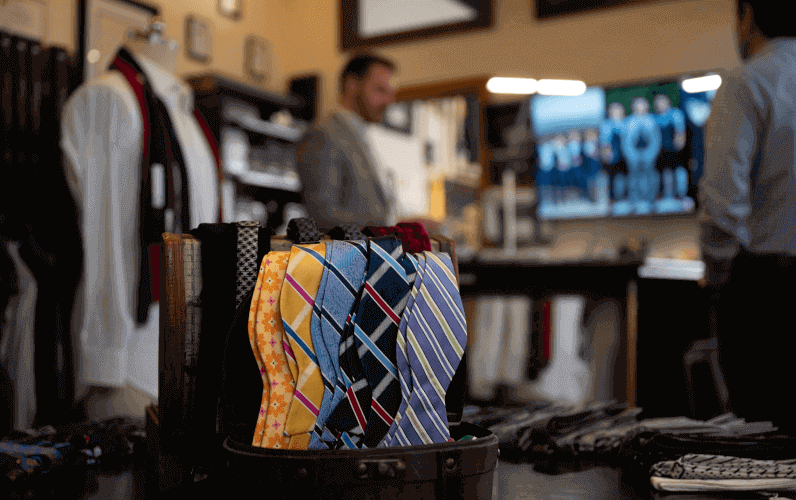Whether or not we realize it, we are constantly communicating. That’s not to say that we’re constantly talking, or even communicating electronically (though it sometimes feels that way). The elements that comprise your image – appearance, behavior, and communication – are speaking on your behalf at all times, even when you’re silent. It’s important to be cognizant of your body language and your image. They go hand-in-hand.

In addition to your clothes and how you’re groomed, your body carries on countless conversations every day. If you want people to be drawn to you, the message your clothes send must be in sync with the one your body language sends.
With that in mind, we thought it’d be helpful to cover some body language basics. Below are a few general body language concepts that, if you’re consciously aware of them, can help give you a leg up on your competition.
Origins of Body Language

Communication was key to the human race not just surviving, but thriving over hundreds of thousands of years. Things like sharing resources or alerting others to danger would have been impossible without the ability to communicate.
Spoken language, however, was not immediately present in humanity – we relied on our bodies to do the talking for us. Despite our species’ astounding development to communicate in hundreds of open-ended, complex languages, this is still the case. Such deep-seated programming doesn’t fade away so easily. In fact, we’re hard-wired from birth when it comes to body language.
What Your Body “Says” Impacts Your Image
Body language is often, but not always, transmitted and received at the subconscious level. The more you can be consciously aware of your body language, the better you can ensure that it communicates what you want it to.
Bodily behaviors are also associated with cultural norms around psychology and etiquette. One behavior may make you appear nervous, while another will instill confidence. Humans are deeply conditioned to pick up on these things quickly, and you can give yourself an advantage over your competition with a little awareness.
Body Language Basics
Below are a few different physical behaviors that have a profound impact on your image.
Physical Contact
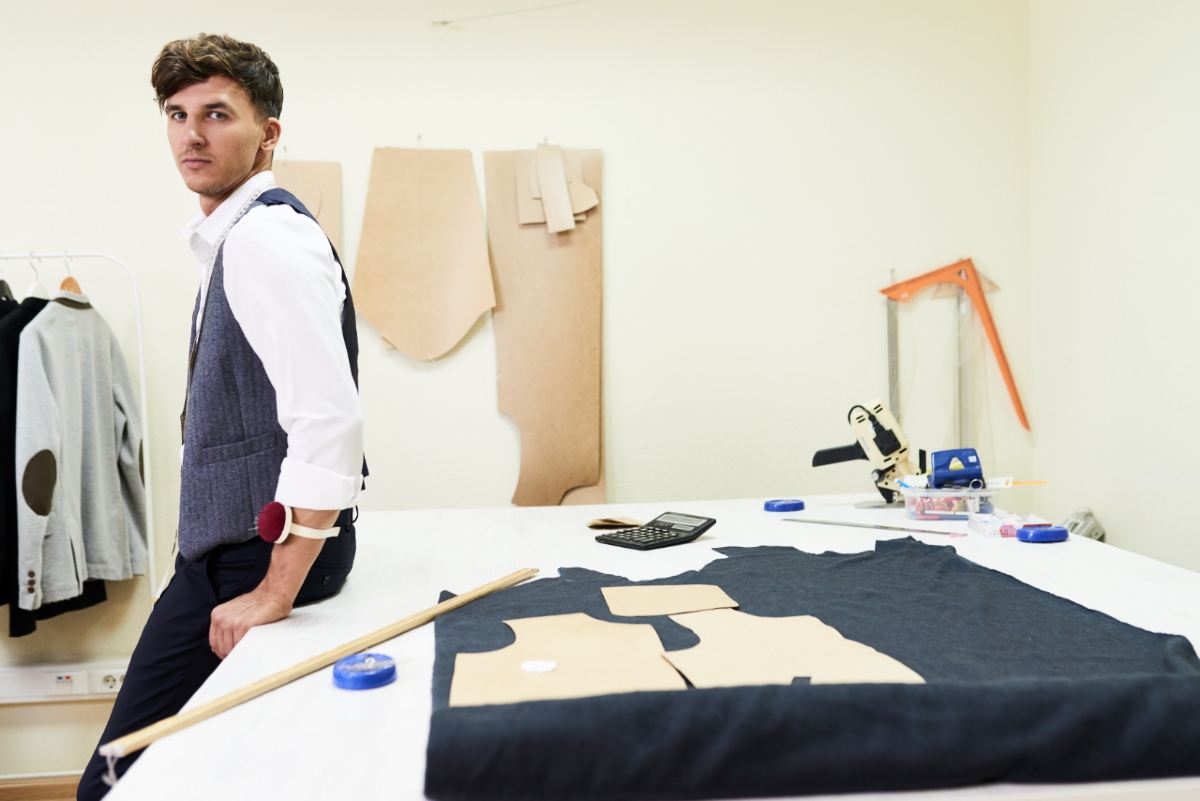
Touch indicates things like intimacy (for people) or dominance or ownership (for objects). When you touch something or someone, you assert power or assume intimacy.
Let’s take the example of a handshake. A handshake is appropriate touch for strangers in Western culture (though this may change as a result of COVID-19). There’s a difference between a handshake and, say, a handshake coupled with a pat on the shoulder. One indicates a business relationship, the other, a personal one.
 Many of us inherently understand what an appropriate level of touch is, and going out of bounds is quickly noticeable. If you avoid touch with someone close to you, that may come off as cold and callous. On the flip side, unwarranted touch will earn you a reputation as overly chummy, disrespectful, or predatory.
Many of us inherently understand what an appropriate level of touch is, and going out of bounds is quickly noticeable. If you avoid touch with someone close to you, that may come off as cold and callous. On the flip side, unwarranted touch will earn you a reputation as overly chummy, disrespectful, or predatory.
Eye Contact
Eye contact is a multi-layered concept. It’s generally considered polite to maintain eye contact throughout a conversation, but to do so constantly would be off-putting. Averting eye contact, on the other hand, indicates discomfort and tends to leave others ill at ease. Eye contact is a way we know that someone is listening to us, or at the very least, has acknowledged our presence.
Interestingly, different cultures perceive eye contact from children differently, especially in the context of discipline. Some parents view eye contact as a sign of respect, whereas others view it as defiance.
Eyes can also indicate which part of the brain is being accessed during particular thoughts. When someone’s eyes move up and to the right, they are accessing the part of the brain used for creativity. In answering a question this may indicate they are being deceitful, whereas eyes that move up and to the left access the part of the brain responsible for memory, indicating an honest answer.
Facing Towards / Away From Someone
 In a conversation, the direction in which you face speaks volumes.
In a conversation, the direction in which you face speaks volumes.
Imagine talking with someone. If they’re facing you, how do you think they feel about the conversation? “Engaged” or “enthused” come to mind. When two people want to talk to each other, they face each other – even on our now-normal Zoom calls.
Let’s say you’re talking and the other person’s side is to you. This comes off as disengaged, uncomfortable, and decreasingly willing to talk. A lack of eye contact would amplify this message.
Hands In Pockets
Keeping your hands in your pants pockets can indicate insecurity or can give your audience the impression that you’re hiding something. Try to keep your hands out of your pockets when you’re speaking with someone. If you’re out in the cold with no gloves, that’s, of course, a different story.
Arms Crossed In Front Of You
Crossing your arms in front of you is a defensive position and typically indicates that you’re “closed off.” If you want to come across as approachable at, say, a networking event, it’s best to keep your arms unfolded and relaxed.
Nail Biting
Nail-biting and other nervous ticks indicate heightened fight-or-flight responses; things like restlessness and nervousness. It’s unreasonable to say it’s never okay to be nervous, but the sight of chewed nails during a job interview could leave an employer wondering if you’re really the right person for that high-stress position.
If you’re a nail biter, do your best to break the habit. It has the added disadvantage of unsightliness and coming off as unclean.
More Reading
Body language is much more complex than we’ve outlined here. These are just a few of the most basic behaviors to be aware of. To truly understand body language takes years of study and practice to learn how to put stories together that all have to start from a baseline understanding of a persons “normal” actions. From there, the way someone deviates from those actions in any given situation can give you insight into whether they are telling the truth or if they are trying to deceive you in some way. There are some great books out there that are interesting reads, and if you’re interested in this topic we recommend starting with some additional reading to give yourself a baseline to continue to grow from. Check out these books:
- What Every Body Is Saying by Joe Navarro
- You Say More Than You Think by Janine Driver and Mariska van Aalst
We’re always here to talk about all things image-related. Give us a call at 215-310-0219 or email us at info@henrydavidsen.com to start a conversation.
In the meantime, we hope you’ll find these other clothing and image articles valuable:
- Talk Through The Crisis
- What Image Is & Why It Matters
- What Is “Situational Dressing” & How Can It Affect Your Career?
